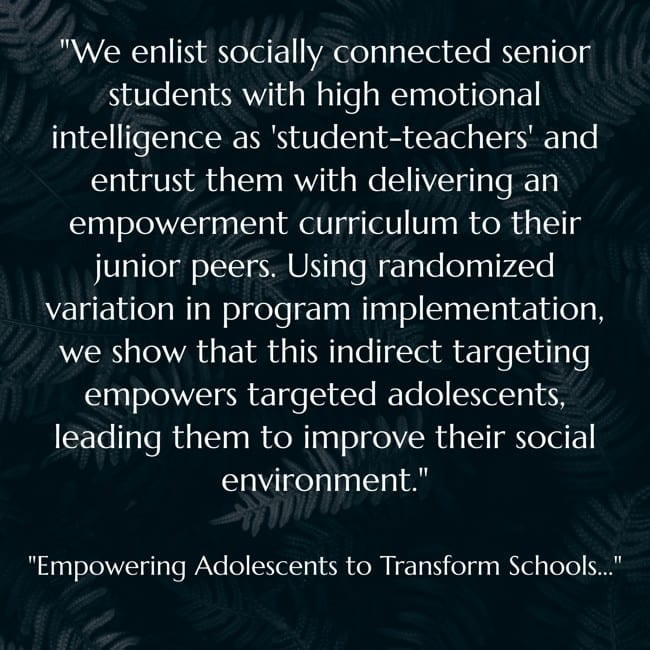geralt / Pixabay
As I mentioned last week, some first-year teachers are taking over a couple of our ELL classes because of recent staff departures.
I previously shared a simple plan I suggested for the teacher doing the double-period Intermediate ELL class.
Here’s a suggested plan for an advanced ELL English class we’re trying for the first time this year – it’s being designed for students as a sort of “bridge” before they transition into predominantly English-proficient classes and/or for recent immigrants who are coming back for an extra year of high school.
As with the Intermediate class plan, I’m not suggesting this is how I would necessarily teach the class.
Rather, this is my suggestion for how a first-year teacher might consider designing their class in a way that would enhance the odds of it being a successful experience for everyone involved:
Warm-Up – 15 Minutes – Independent Reading & Book Discussion “Clubs” or Academic Word Study
Most of the students in the class will know each from previous years. I’m wondering if it might be worth having them self-choose small groups of three-to-five students, and then have them decide on a book they’d like to read together. I’ve done book discussion groups in the past (see the “Reading, Writing, & Talking About Books section in Best Posts On Books: Why They’re Important & How To Help Students Select, Read, Write & Discuss Them).
They might not want to immediately start into these “clubs.” Instead, start off the year with independent reading (there are resources on that same list offering ideas on how to organize it).
This reading activity might want to be alternated with some academic word study focusing on vocabulary that would be used in the next thirty minute activity. This could include explicit instruction, making fun stop-action videos of the words, creating role-plays using the words, incorporating them into clozes, etc. The key would be that they would actually use these words in the other activities they’d be doing in class.
Next 30 Minutes Alternate Weeks (or every two weeks) with working on National Geo Edge book and doing Project/Problem-Based Learning
The National Geo Edge book is not awful, and I’d share with the new teacher an excellent chapter in our upcoming second edition of The ELL Teacher’s Toolbox about Project/Problem-Based Learning – which I would share with her before the book comes out next spring (also see THE BEST RESOURCES FOR LEARNING HOW TO USE PROJECT-BASED LEARNING & PROBLEM-BASED LEARNING IN YOUR CLASSROOM).
A third option is for the teacher to take the ninth-or-tenth-grade curriculum that many of us use/have used in our English classes that uses a lot of inductive learning data sets and high-interest thematic units like Natural Disasters, Bob Marley, Nelson Mandela, etc. With ChatGPT, it would be easy to make the texts more accessible to them, and all the lessons are easily available.
Final Ten Minutes alternating between listening activities and a game
I discuss this in HERE’S A PLAN FOR A TWO-PERIOD INTERMEDIATE ELL CLASS, and the teacher for this class might also consider some of the other ideas I share for that class.
This plan doesn’t have tons of bells-and-whistles, but could work. Let me know how it can be improved.
I’m adding it to THERE ARE TONS OF RESOURCES ON THIS BLOG TO HELP EDUCATORS TEACH ELLS – THIS POST IS A GOOD PLACE TO START.
As I mentioned last week, some first-year teachers are taking over a couple of our ELL classes because of recent staff departures. I previously shared a simple plan I suggested for the teacher doing the double-period Intermediate ELL class. Here’s a suggested plan for an advanced ELL English class we’re trying for the first ESL Web Larry Ferlazzo’s Websites of the Day…









